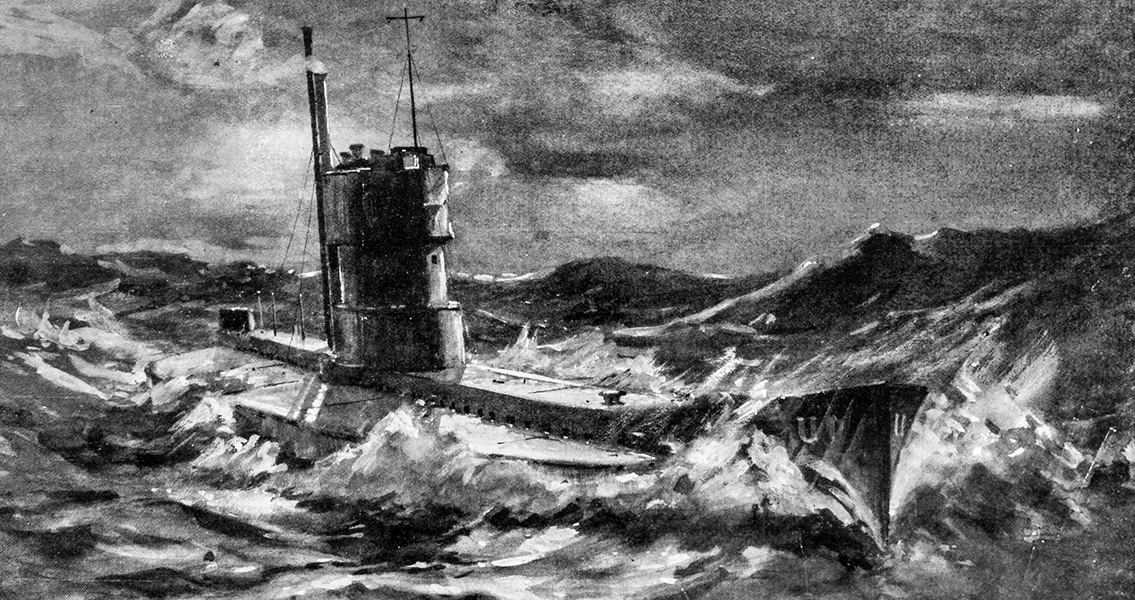<![CDATA[A sunken German U-boat dating back to The First World War has been discovered off the coast of England during a scan of the seabed for windfarm development. The German submarine, which had been missing in action for more than a century, was found during a detailed scan undertaken by developers Vattenfall and ScottishPower Renewables (SPR). According to a press release from SPR, the team expected to find wrecks during the survey, but not an uncharted one from 1915; East Anglia ONE windfarm project director Charlie Jordan says it was quite surprising – as well as intensely interesting – to make the unexpected discovery. Using highly advanced sonar technologies to scan more than 6,000 square kilometers over the course of two years, SPR and Vattenfall undertook the operation to gain critical understanding of the seafloor in order to lay their windfarm project out effectively. Upwards of 60 wrecks were catalogued during the two-year scan, but the lion’s share of these were expected to be found. The uncharted U-boat, found just 90 kilometers offshore, was one of the few surprises the scanning team stumbled upon. At first, the scanning team thought it had discovered HNLMS 013, a Dutch Navy sub that had disappeared in June of 1940 while on patrol between Norway and Denmark. However, after the Royal Netherlands Navy investigated the wreck, it was revealed that the layout of the deck and the submarine’s conning tower pointed to a WWI-era origin, specifically German. Drawings from the period have led to the wreck’s positive identification as a Type U-31 German sub. Moreover, historical records indicate that only a pair of U-boats, U-31 and U-34, had gone missing in the region of the North Sea that the wreck was found. Following a series of dives to explore the shipwreck over the course of the last three years, the U-boat has finally been identified as U-31 by the Lamlash North Sea Diving team. Historic England marine archaeologist Mark Dunley remarked in the SPR press release that the Imperial German Navy commissioned SM U-31 in September of 1914. In the January of the following year, U-31 set out on a routine patrol from Wilhelmshaven and disappeared, along with its 4 officers and 31 enlisted crew. Official records state that the submarine had likely sunk after striking a mine in the waters off the east coast of England. SPR’s Charlie Jordan remarked that it had been fascinating to watch the whole story behind U-31 unravel, adding that the discovery will be able to provide much-needed closure to the families of the submariners that lost their lives over 100 years ago. The windfarm project director said that it was “heartening” to know that SPR played no small role in the U-boat’s discovery.The wreck of the submarine will remain on the seafloor, as it has since been officially declared a military maritime grave. The development plans for the offshore windfarm will continue, albeit without venturing into the region where U-31 was found, in order to preserve the sanctity of the site.]]>
WW1 Era U-Boat Discovered off British Coast
